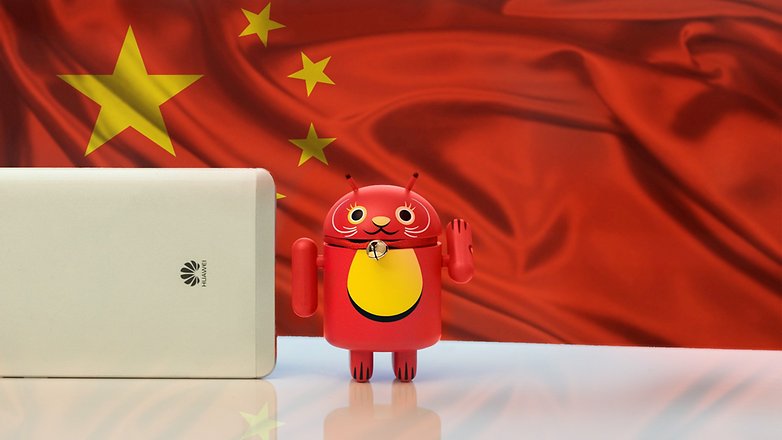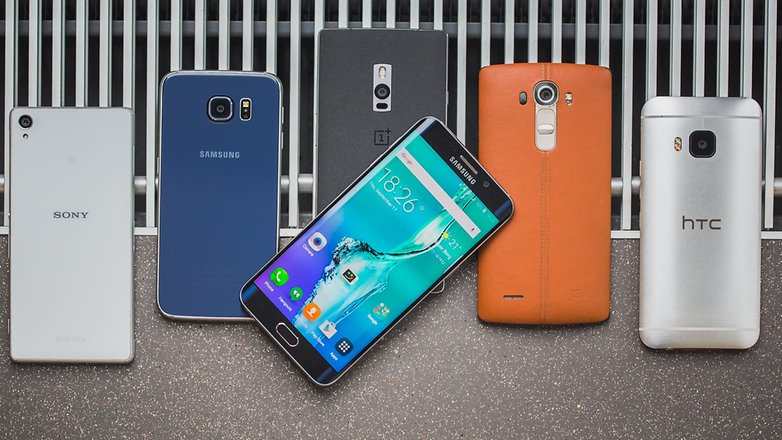An Asian wave washed over the smartphone market and drowned everything in its path, including the american company Motorola who didn’t manage to remain independent. Most manufacturers come from Asia and a vast majority of them come from the China.
Why are there no American smartphones (other than Apple)? Or smartphones made in Europe? There are several reasons.
The cost of manual labor
To create (and sell) a product, you need money. This money is invested in production and other sales/marketing techniques used to advertize the phone on the market. The bigger the market gets, the more phones need to be produced and sold. Now, imagine a huge market: 1.3 billion people, many of whom are potential clients. In other words, it’s possible to sell a lot. At the same time, in this same market, production costs are relatively low. Do you see where I’m going with this? So, now imagine that manufacturers export outside of their market, maintaining a low production cost but selling on markets where they can increase their price.
China is a huge market made up of more than a billion people.
You may think that this is the case in China but not elsewhere. The (few) others, meaning LG and Samsung, work under the same system and have branches in China. On the contrary, they struggle to get a piece of an already competitive market.
This doesn’t completely answer the question since many non-Asian companies would move to China to cut their production costs. On a large scale, transport costs wouldn’t be an important factor (we’re talking about smartphones being delivered around the world, not local car costs, of course).

Pricing strategy
As we discovered from some tests, the Chinese tend to produce phones with characteristics of a top of the range phone, but with a mid-range price. Why? Because they want to be nice? No, because they’re trying to take over the market and this is a technique to help them do this. As for Samsung and LG, they continue to produce top of the range phones without actually being innovative.
Does this technique work? At first glance, we could say yes but it’s still too early to tell. What is certain is that top of the range phones at a mid-range price, like Honor 8, are quickly becoming popular. However, cutting the prices in this way is dangerous on several levels. If, for one reason or another (for example, financial problems?), one of the companies raises their prices, it would anger customers and they would consequently turn to the competition.
However, truly top of the range devices aren’t subject to price reductions. The best devices grind the mid-range market into dust allowing them to move in on the customers. So, the Galaxy S7 Edge goes unfazed by the Honor 8, for example.
Local advantages
Our Asian friends are legally and economically more relaxed than we are. It must be pointed out that, with smartphones, copyrights and patents are frequently infringed. Several possible solutions: either the companies spend their time paying the compensation and interests, or they find an alternative option.

It’s as well that the “cross-licensing agreement” is used, an interesting alternative that allows a group of companies to grant rights to their intellectual property to the other companies in the group. This exchange of ideas saves a lot of time, especially in courts. Economically, this ups the competition between the companies (who can be competitive with each other) and closes off part of the market to newcomers that threaten their place in the market.
Reduced prices for Asian smartphones are often raised again upon their arrival in the Western world, particularly in the US. Phone operators add a margin to the price, depending on the chosen tariff plan. In Europe, buying the smartphone without a SIM card is becoming popular so they are less affected by this, but in the US, it’s a different situation. This is one of the reasons why the US market is tough for asian manufacturers.
Going of the beaten track
While the Western world tends to use traditional advertising methods, Asian companies don’t hesitate to copy (as we have seen many times with the Samsung/Apple disputes) and to innovate.
Xiaomi’s CEO, for example, announced that it could maintain a relatively long renewal period, around 18 months compared with 6 months for many other manufacturers. Why? For several reasons, but the main reason is the price of components is likely to go down, which presents a profitable opportunity for Xiaomi.
Is the future of smartphones in the hands of the Asian companies?
It’s impossible to answer that question with 100% certainty, but at first glance I would say yes. However, geographically speaking, we risk losing control to another part of Asia: India has the potential to become a big competitor.
The Indian market is also very big and very different. According to a local analyst, India could be “the new China for smartphones”. Only time will tell.
In your opinion, how will the competition develop in the smartphone market? Will Samsung keep their hands on the top spot?
No comments:
Post a Comment